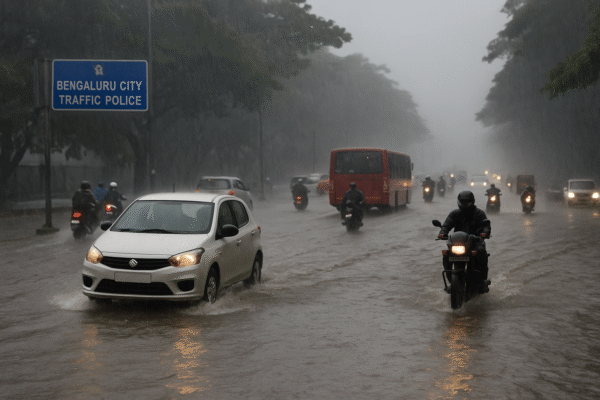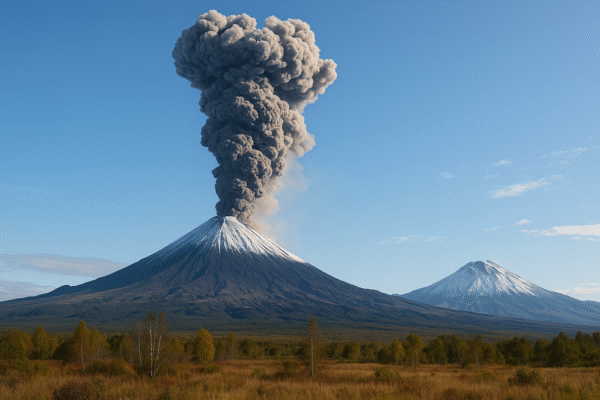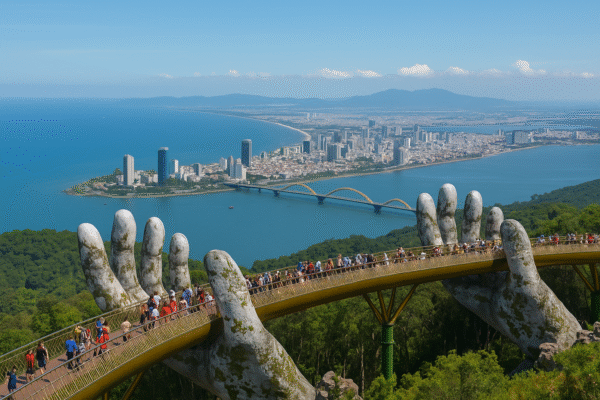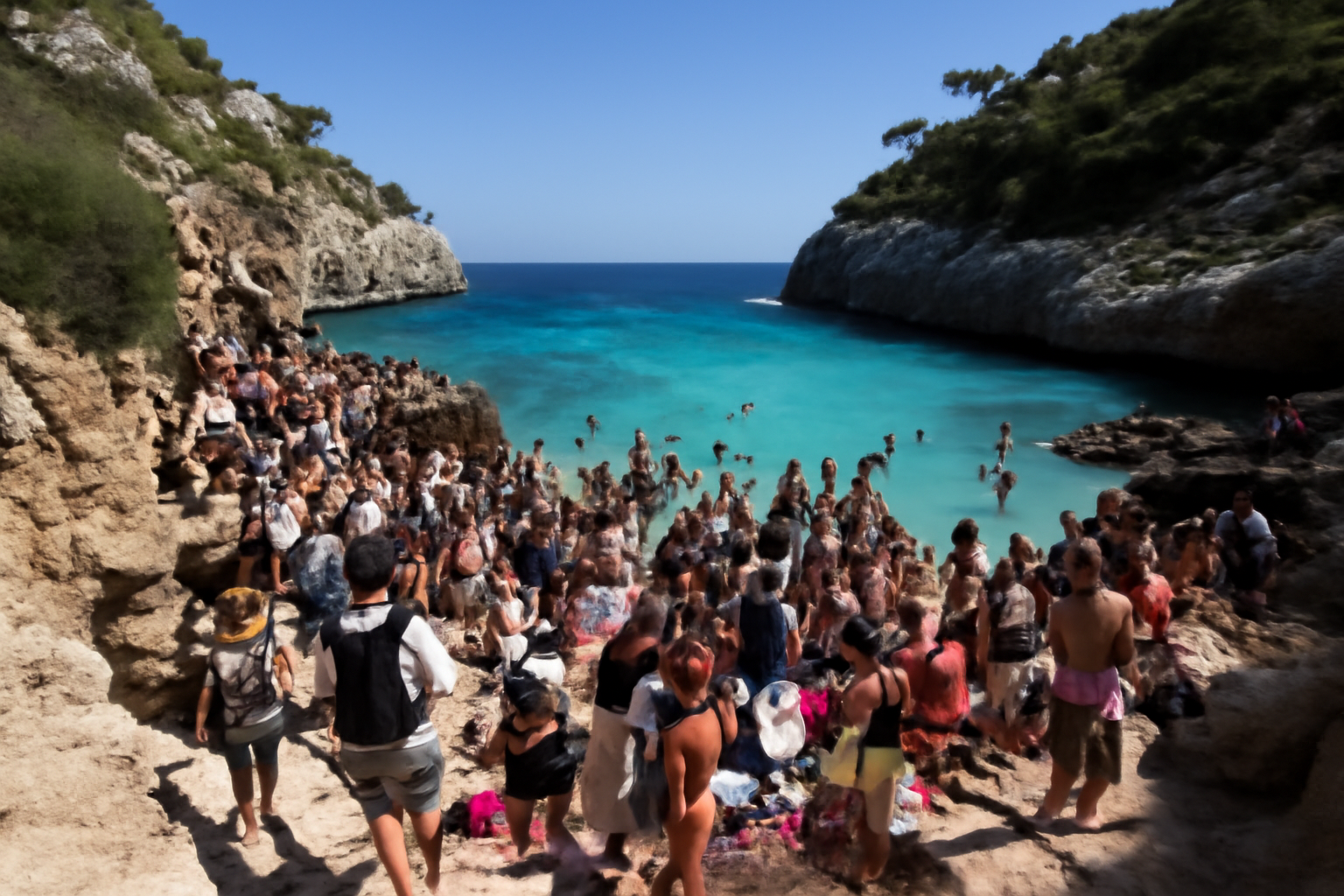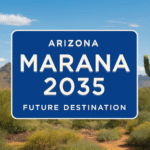MALLORCA, SPAIN – Last summer, one of Mallorca’s once-hidden gems, Caló des Moro, was overwhelmed by an influx of up to 4,000 visitors and 1,200 cars per day. This tiny, rugged cove in the south-east of the island, which can barely accommodate 100 people, became the center of a tourism fiasco. The reason? A well-intended but disastrous tourism strategy that encouraged influencers to promote the secluded beach as Mallorca’s “best-kept secret.”
The unintended consequences were swift and devastating. What was meant to redirect tourists away from overcrowded hotspots like Cala de Deià ended up turning Caló des Moro into a chaotic, overcrowded mess. The area, with its rocky landscape and limited space, quickly became a focal point for social media-driven tourism, causing irreversible damage to both the environment and local communities.
The Social Media Effect: Influencers and the Rise of Caló des Moro
In an attempt to alleviate pressure on other popular beaches, tourism entities on the island began promoting lesser-known spots like Caló des Moro through social media platforms. Influencers, drawn by the allure of pristine landscapes and untouched nature, began posting images and videos of the cove. The hashtag #CalóDesMoro, which currently has over 30 associated tags on Instagram, exploded across social media.
The popularity of these posts, particularly on platforms like TikTok, where over 1,300 videos of the cove have accumulated more than 10 million views, contributed to a snowball effect. What was once a peaceful, relatively unknown beach became a hotspot, attracting more visitors than it could handle. By the height of summer, the beach was so overcrowded that visitors had to sit on uncomfortable rocks, often having to turn back due to the long waits and unbearable heat.
Frustrated Locals Respond
Locals, who had long enjoyed the tranquility of the area, were left frustrated by the onslaught of tourists. Their complaints sparked protests, with over 300 residents participating in the Mallorca Platja Tour movement. The demonstration was a call for the protection of the island’s natural beauty and a rejection of unchecked mass tourism.
Martí Picornell, Head of Communications at the Santanyí Town Council, responded, saying that the town’s tourism department had not actively used Caló des Moro in promotional campaigns for years. “People come just to take selfies and nothing more,” he remarked, emphasizing the damage being done by this unsustainable influx of visitors.
The Environmental Consequences
Beyond the local outrage, the environmental toll of overcrowding at Caló des Moro is significant. Sergio Ruiz Halpern, a marine biologist with Save the Med, explained the fragile nature of the ecosystems in such remote areas. “Caló des Moro is a paradise, not just for humans. It harbors rich and biodiverse ecosystems. The sheer volume of visitors in peak season crushes native land and sea ecosystems alike.”
Environmental experts like Isabel Moreno Castillo, former Head of Biology at the University of the Balearics, further warned that the disturbance to endemic plants—critical for maintaining the beach’s structure—was contributing to the erosion of the beach itself. Even gentle breezes now cause more damage, stripping the sand away from the fragile ecosystems.
The Balearic Islands Take Action
In response to the growing concerns about overtourism, authorities across the Balearic Islands have begun implementing stricter measures. Jaume Bauzá, the Minister of Tourism for the Balearic Government, confirmed that steps were being taken to avoid a repeat of last summer’s chaos.
“We have decided not to actively promote Caló des Moro or other highly frequented areas in international campaigns,” he said. The focus now is on de-seasonalizing tourism—spreading out visitation throughout the year rather than concentrating it in the summer months.
Other islands in the archipelago, including Ibiza, Formentera, and Menorca, are also taking measures to curb overcrowding. For example, Formentera has implemented a seasonal vehicle quota, while Ibiza is imposing a daily cap of 20,000 vehicles from June to September, limiting the number of visitors that can access beaches at peak times.
Sustainable Tourism Solutions: More Than Just Limiting Numbers
While restricting visitor numbers and controlling access are vital, experts like Isabel Moreno believe the solution lies in smarter management. “Preserving our beaches doesn’t mean closing them,” she said. “We need to manage them wisely, guiding people with information, limiting visitor numbers when necessary, and making small changes such as the creation of elevated paths and boardwalks that help reduce ecological impact.”
In some locations, such as Cala Deià, an automatic barrier now closes the car park once it reaches capacity, and local police are monitoring traffic flow. This approach not only protects the environment but also ensures that visitors have a safe, enjoyable experience without overwhelming the area.
Shifting Focus: Promoting More Sustainable Destinations
One potential solution is to direct tourists to larger, more manageable beaches that can withstand heavy traffic. For example, Playa de Formentor in the north offers a one-kilometer stretch of blue-flag beach with the facilities to accommodate large crowds. Similarly, Es Caragol in the south provides 500 meters of fine sand and clear waters, perfect for visitors looking to escape the crowds.
By promoting these more spacious, well-equipped areas and reducing the pressure on smaller, more fragile spots, Mallorca can strike a balance between maintaining its tourism economy and protecting its natural heritage.
Final Word: A Call for Balanced, Sustainable Tourism
The crisis at Caló des Moro serves as a stark reminder of the dangers of unchecked tourism growth. It also underscores the need for a more sustainable approach to managing natural spaces. By promoting lesser-known yet capable destinations, and encouraging tourists to visit outside peak times, Mallorca can protect its stunning landscapes while still welcoming travelers from around the world.
With careful planning, better communication, and more sustainable practices, Mallorca can preserve its charm for generations to come—ensuring that its beautiful corners remain as enchanting as they are accessible.
For more travel news like this, keep reading Global Travel Wire




